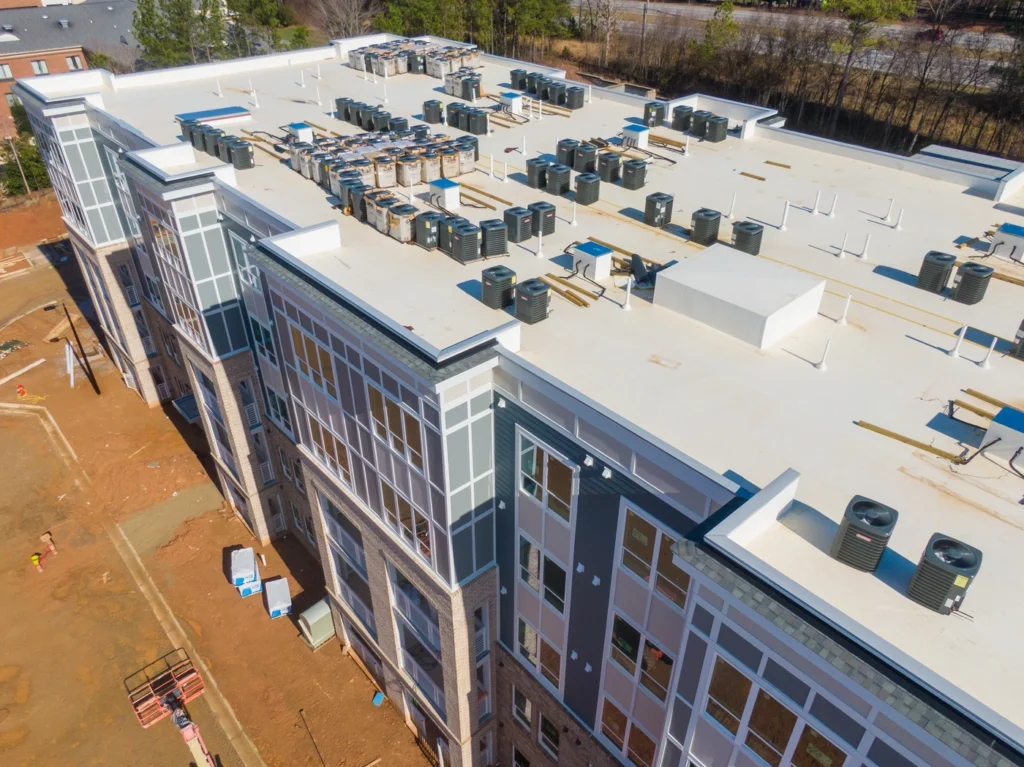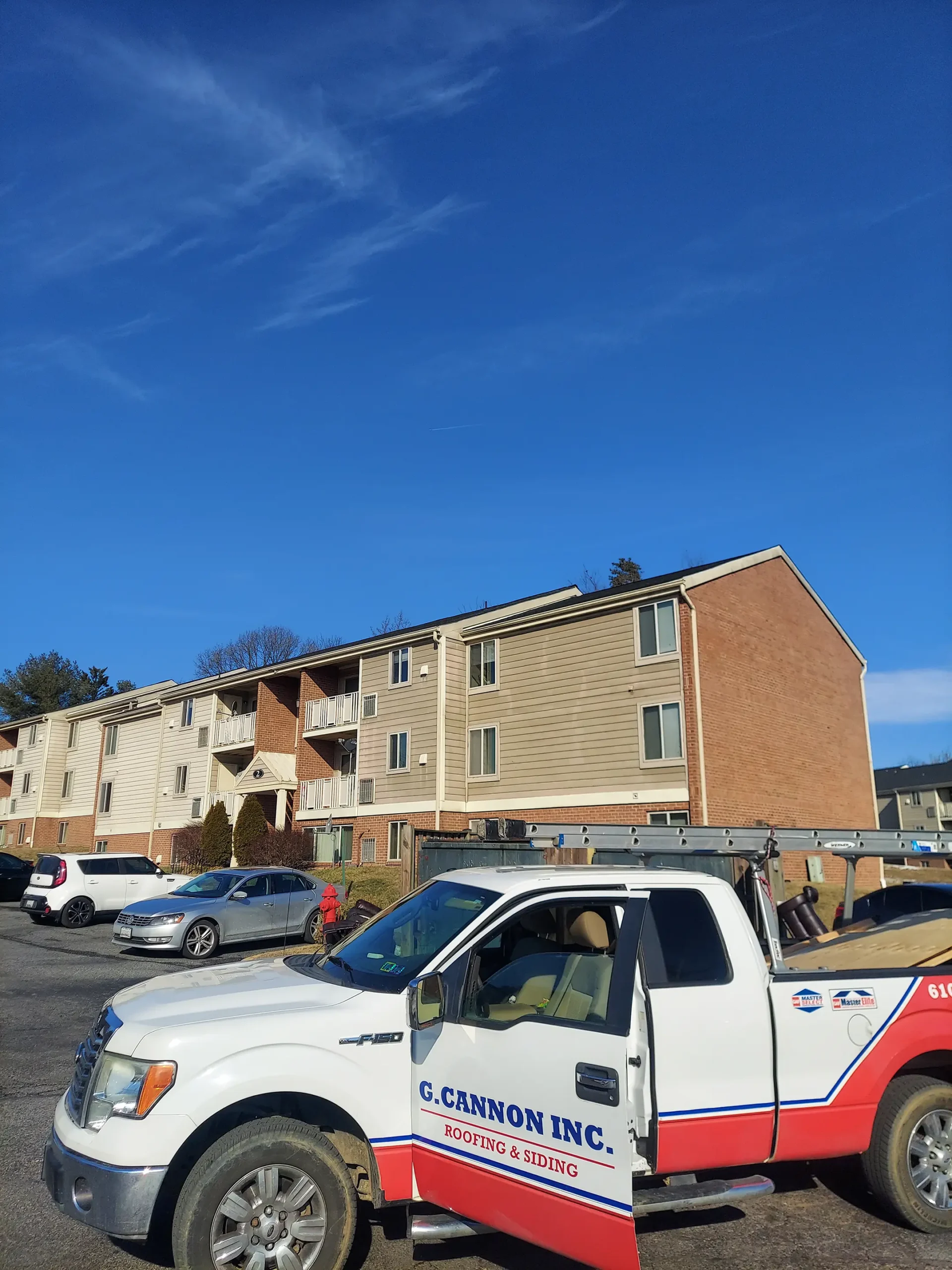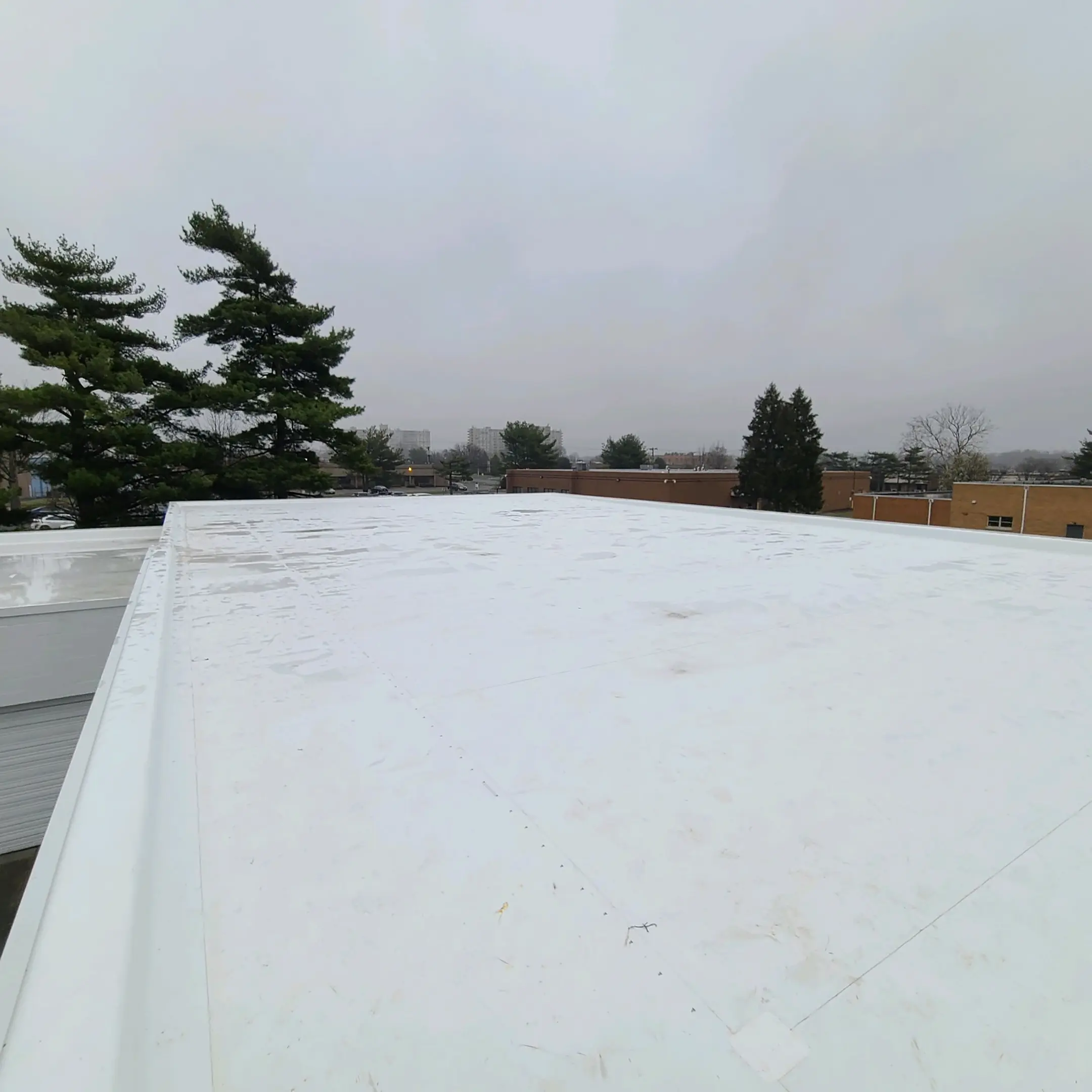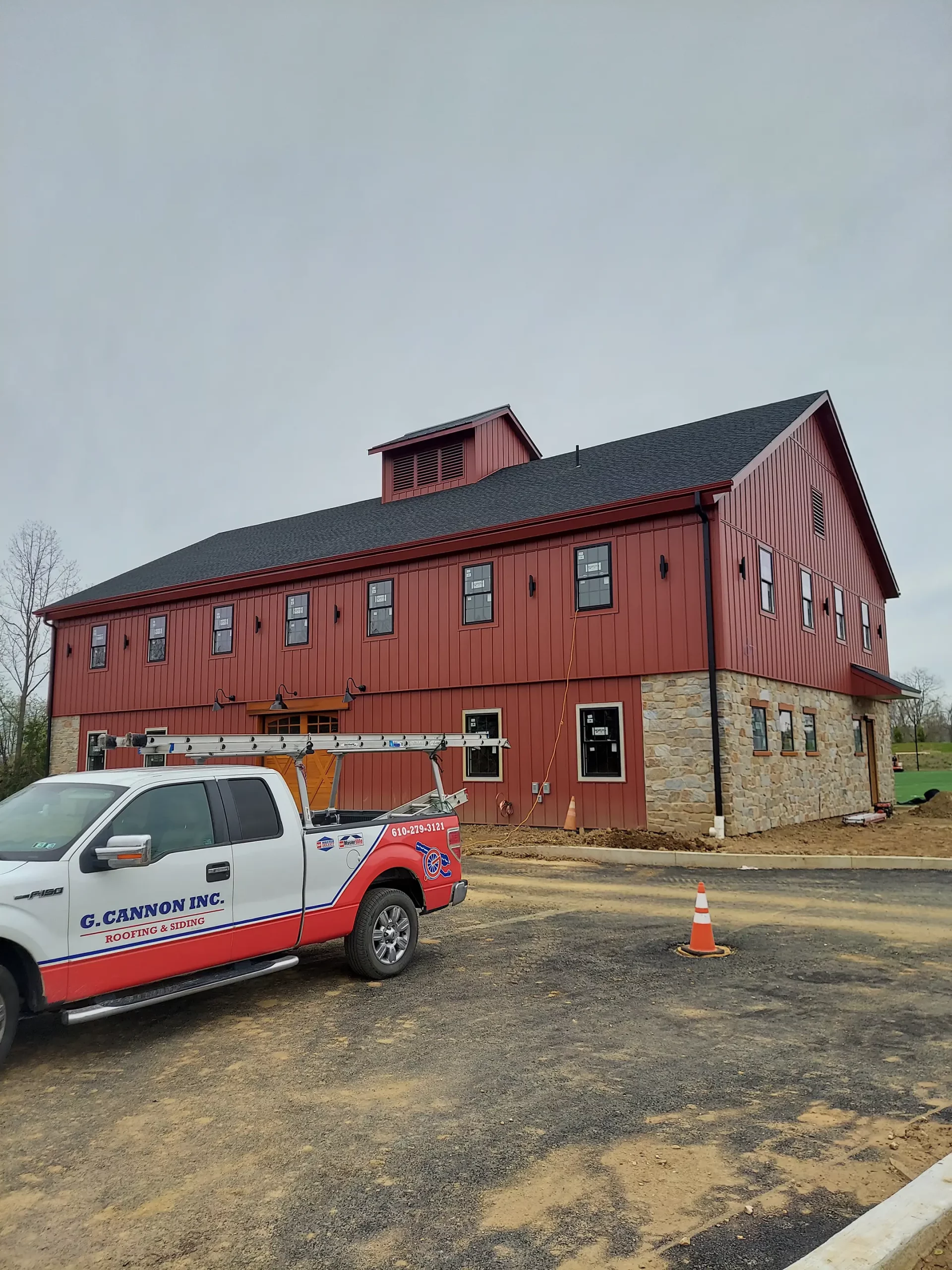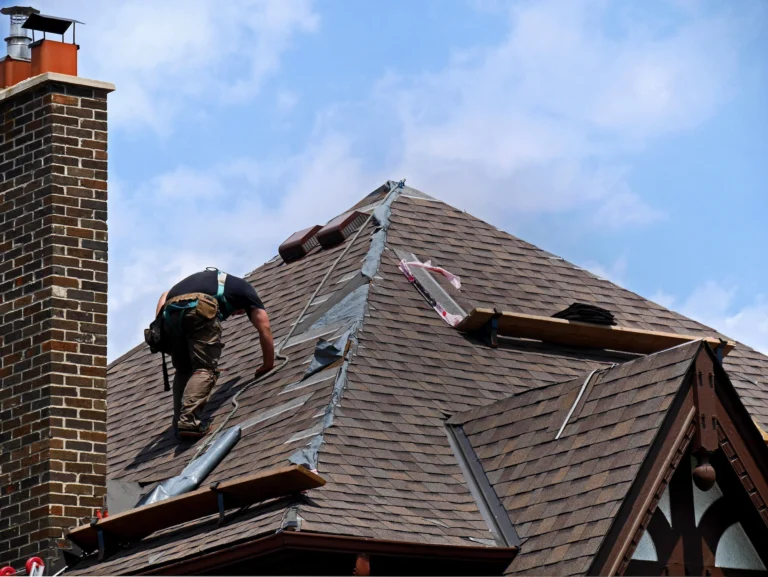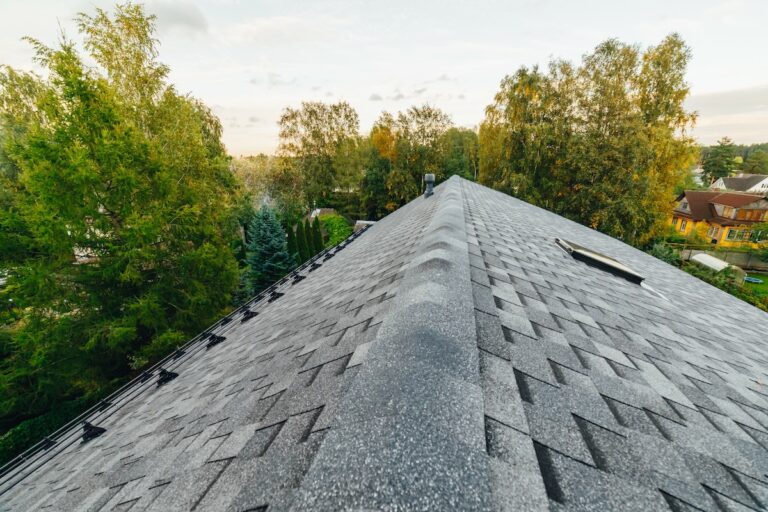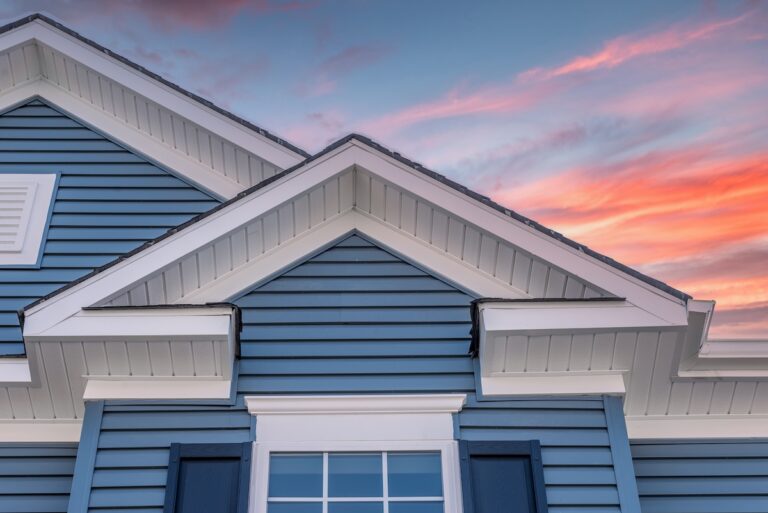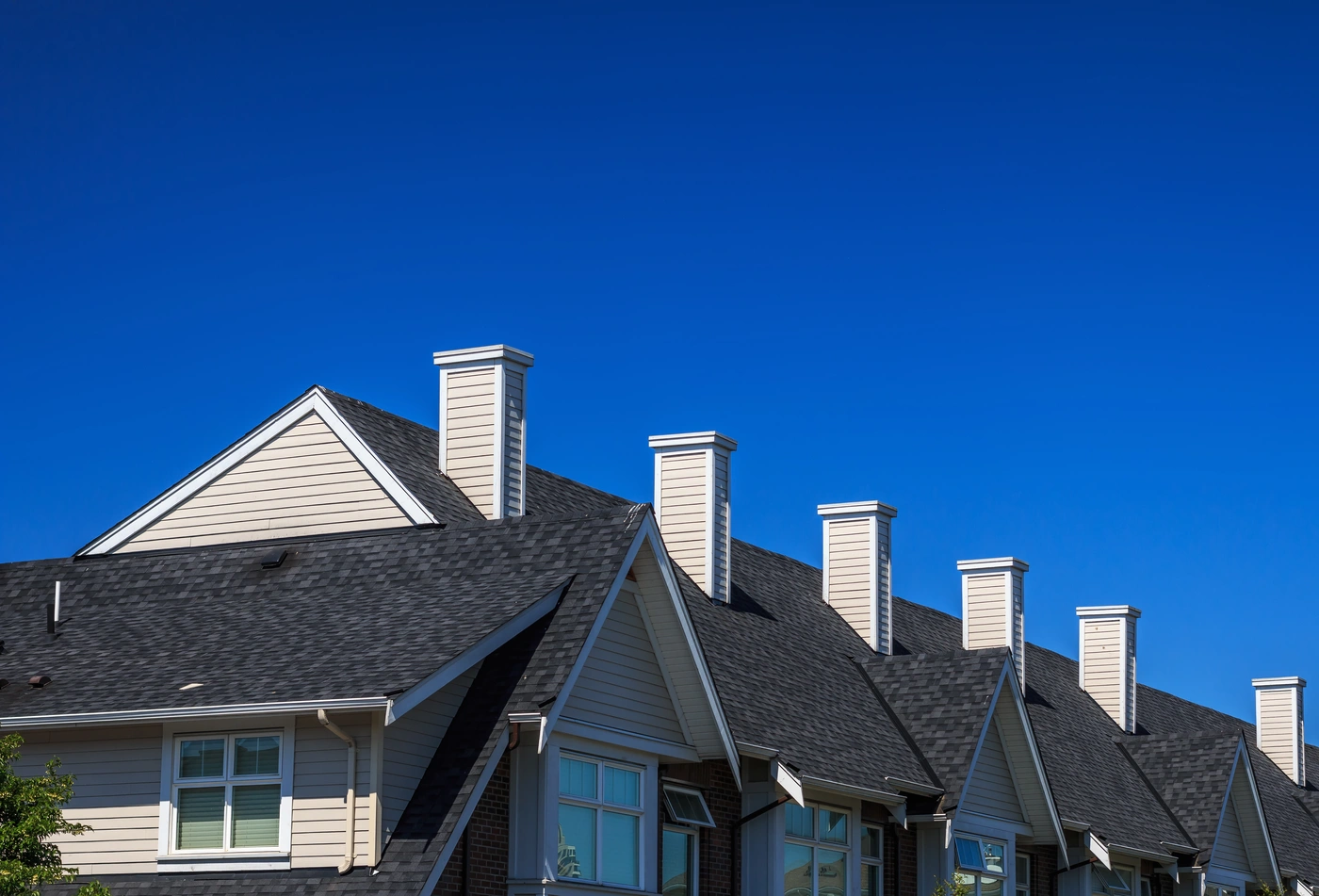
Local Roofing Experts You Can Trust
-
50+ Years of Roofing Expertise

-
Flexible Roof Financing

-
GAF President’s Club Contractors

Here at G. Cannon Roofing and Siding, we’re proud to be one of Pennsylvania’s go-to roofing companies since 1967 – that means we’ve been serving Pennsylvania homes and businesses with top-tier roofing materials and a wide range of roofing services for over 55 years. Located right here in Norristown, we’re local and reliable for all things roofing, siding, and more for our local communities.
Don’t let roof storm damage, improper roof repairs and replacement, or inefficient Pennsylvania roofing companies stress you out. Rely on our expertise for both residential and commercial properties alike.
Trusted by the best
Our Promise to You Is Our Best Work Every Time
At G.Cannon, we truly care about our customers. As home and business owners ourselves, we’re a local Norristown roofing company with decades of experience serving our Pennsylvania communities. You should feel safe and confident in your roofing services – and your team of contractors. That is why G.Cannon’s promise to you is quality workmanship at a fair price and without the worry, every time.
Your Premier Pennsylvania Roofing Company
Protecting Your Biggest Investments
If you’re in need of a reputable residential and commercial roofing company in Norristown, King of Prussia, Springfield, and surrounding cities, rely on G. Cannon Roofing & Siding today.
From roof repair and replacement to expert new roof installations, we offer comprehensive solutions tailored to your property’s needs, and we never skimp out of quality. Looking for TPO roofing, EPDM, or PVC for your flat roof? Interested in shingle or metal roofing materials for a sloped system? We do it all.
Upgrade your roofing materials today with the help of our Norristown roofing contractors!

Detailed Commercial Roofing Services for Our Communities
Proudly serving the Pennsylvania and surrounding areas, we’d love for you to consider us as your go-to crew for top-notch roofing and siding services.
Our process

Phone Call
Our friendly representative is here to take your call and schedule your free estimate.

Free Estimate
Our skilled estimators will inspect your home and provide a clear and detailed estimate for the required services.

Sales Meeting & Follow-Up
Our estimator will explain the service process and material details and then provide you with all the necessary information to make an informed decision.

Schedule Job
Our representative will communicate with you and you will be added to our work schedule at the earliest availability.
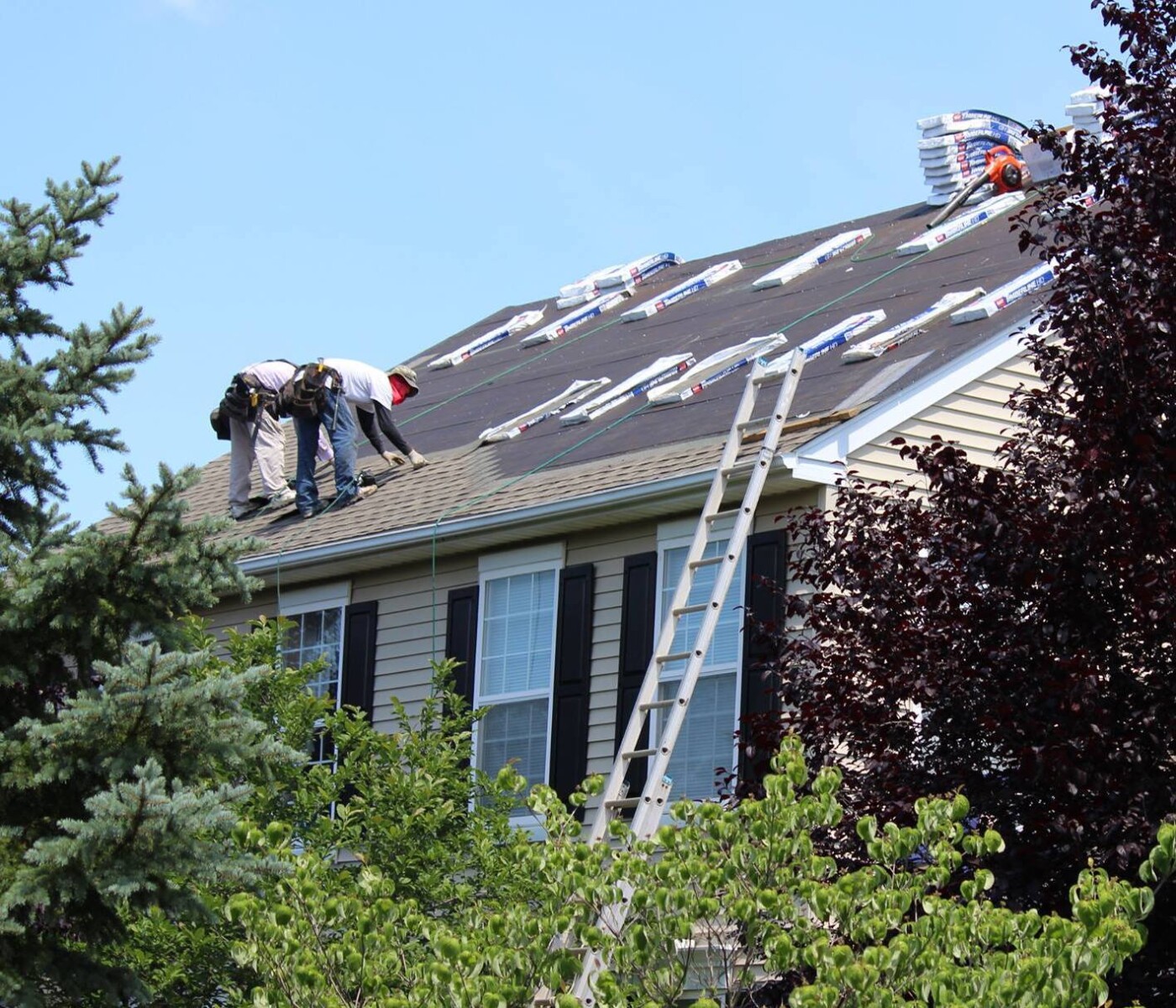
Perform Work
A G.Cannon representative will be available to meet with you at the beginning of the project. A qualified G.Cannon crew will perform the designated work on the scheduled date.
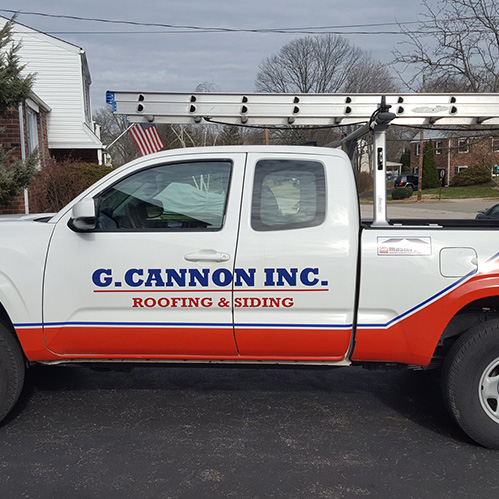
Customer-First Mentality
“We aren’t the company that bothers homeowners to make a decision. We know it’s a big decision for any homeowner, and we understand the investment.” – Gerald Cannon, Owner + CEO
Jerry Cannon // Owner + CEO
Our Core Values
We Guarantee Quality
No Hassle
Commitment to quality
Trusted Relationships
Delivering value
Serving Pennsylvanians for 55+ Years
Where we live is also where we work. Like many of you, we grew up in the Philadelphia area, shopping at the King of Prussia mall, eating at the Italian Market, and going down the shore on the weekends.
So when you’re looking for qualified professionals to take care of your home or property, look no further than your local team – Reach out to G. Cannon today!

Check Out Our recent Projects
We love our work to speak for itself. Check out some of our beautiful projects!
Seek Out Residential Services In Our Top Locations
Proudly serving the Pennsylvania and surrounding areas, we’d love for you to consider us as your go-to crew for top-notch roofing and siding services.
Norristown Roofing Professionals
Trust in a Licensed & Insured Contractor
Are you in need of a new roof for your home or business, but not sure where to start? Here at G. Cannon Roofing & Siding, we specialize in commercial roofing systems with flat roofing materials like EPDM, PVC, or TPO roofing as well as sloped shingle and metal roofs.
As a licensed and insured contractor, we offer high-quality workmanship backed with the best warranties in the business. You can trust our highly trained team to do the work right the first time!
